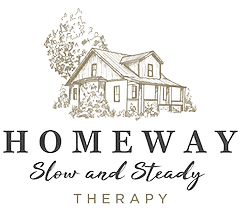Falls are a significant concern for older adults, as they can lead to serious injuries, decreased mobility, and a decline in overall quality of life. Fortunately, there are steps that seniors and their caregivers can take to minimize the risk of falls and maintain a safe living environment. In this blog post, we will share essential fall prevention tips for older adults to help them stay safe and active.
- Keep living spaces clutter-free and well-lit One of the simplest ways to prevent falls is by ensuring that living spaces are free of clutter and well-lit. Remove any obstacles or potential tripping hazards, such as cords, loose rugs, or clutter on the floor. Make sure that all rooms and hallways have adequate lighting, and consider installing nightlights in key areas to improve visibility at night.
- Encourage regular physical activity Engaging in regular physical activity can help improve balance, strength, and coordination, all of which are essential for fall prevention. Encourage seniors to participate in activities such as walking, swimming, or tai chi, which can help maintain muscle strength and flexibility. Always consult with a healthcare provider before starting a new exercise program to ensure it is appropriate and safe.
- Use assistive devices when necessary Assistive devices, such as canes, walkers, or grab bars, can provide additional stability and support for older adults who may be at risk for falls. Ensure that any assistive devices are properly fitted and used correctly to maximize their effectiveness. Consult with a healthcare professional if you are unsure about the appropriate device for your needs.
- Schedule regular check-ups and medication reviews Regular check-ups with a healthcare provider can help identify and address any health conditions that may increase the risk of falls, such as vision problems or dizziness. It’s also essential to review medications regularly, as some medications can cause drowsiness or dizziness, increasing the likelihood of a fall. Speak with your healthcare provider about any concerns you may have about medications or side effects.
- Make home modifications to improve safety Consider making home modifications to improve safety and reduce the risk of falls. This may include installing grab bars in the bathroom, adding non-slip mats in the tub or shower, and using non-skid rugs on the floor. Additionally, make sure that stairways have sturdy handrails on both sides and that steps are clearly visible.
- Educate and involve family members and caregivers Fall prevention is a team effort, and it’s essential to involve family members and caregivers in the process. Educate them on the risks and signs of falls, and discuss ways they can help support the senior in maintaining a safe living environment.
Conclusion: By taking proactive steps to minimize the risk of falls, older adults can maintain their independence and continue enjoying their daily activities safely. Implementing these fall prevention tips, along with regular check-ups and open communication with healthcare providers, can make a significant difference in ensuring the safety and well-being of seniors.



